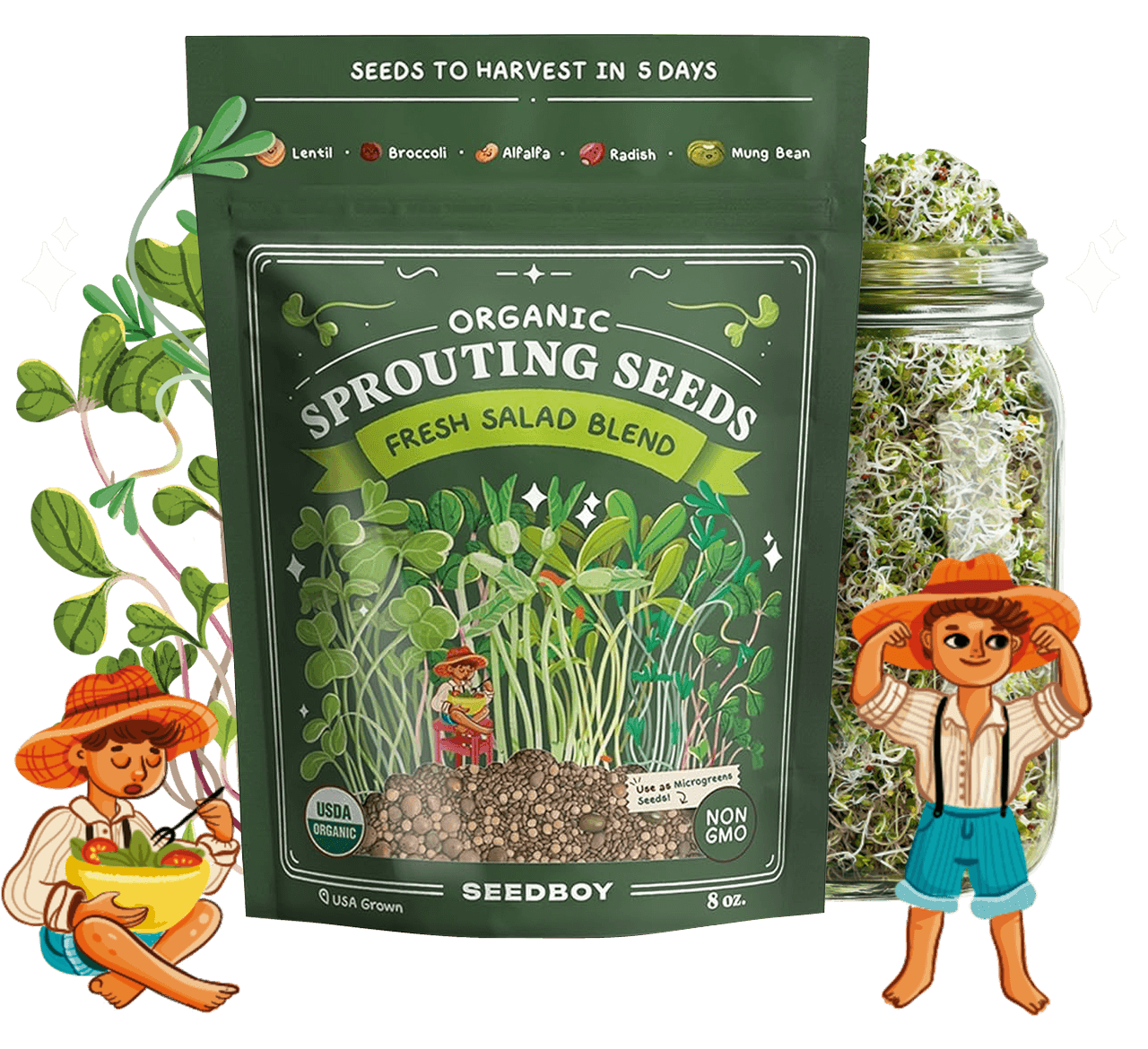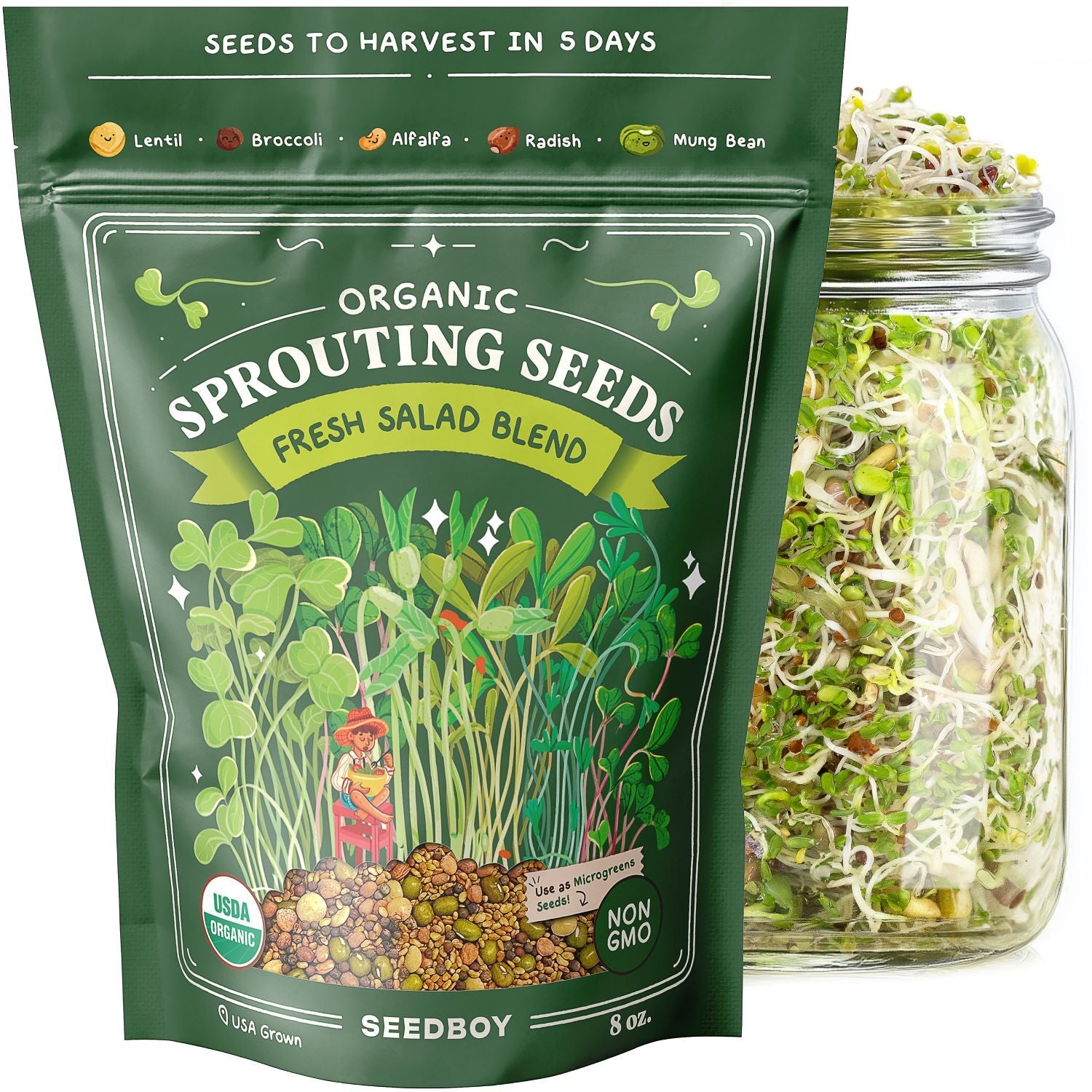
GROW GUIDE
Arugula (Slow Bolt)
Eruca sativa
Plant Description
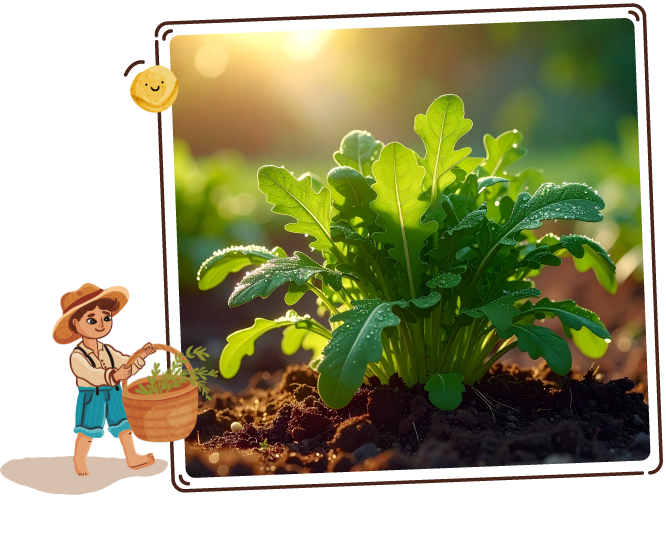
Arugula (Slow Bolt)
A vibrant, leafy green with distinct, jagged edges and a tender texture, often deep green in color with a hint of sheen.
This peppery, nutty-flavored green, originally from the mustard family, brings a bold, earthy bite to salads, pastas, and more, making it a favorite for adding a zesty layer of complexity to any meal.
Quick Facts:
-

Sun Requirements
Full Sun
-

Days To Sprout
5-10 Days
-

Days To Harvest
30-40 Days
-

Plant Spacing
6"
-
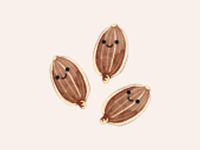
Seeds Per Hole
3
-

Planting Depth
1/4"
Best Planting Locations
-

Garden Beds
Thrives in full sun with well-draining soil, ideal for seasonal outdoor growth.
-

Windowsills
A suitable option for small spaces, where natural light and airflow can support its growth indoors. A south-facing window is preferable.
-

Shaded Areas
Especially in warmer climates, a garden or outdoor setup with partial shade helps arugula grow tender, flavorful leaves without becoming overly bitter or bolting too quickly.
-

Containers
Perfect for patios or balconies, offering mobility and easy access to fresh greens. Ensure container is 6-12" deep to allow enough room for roots to grow.
Getting Started
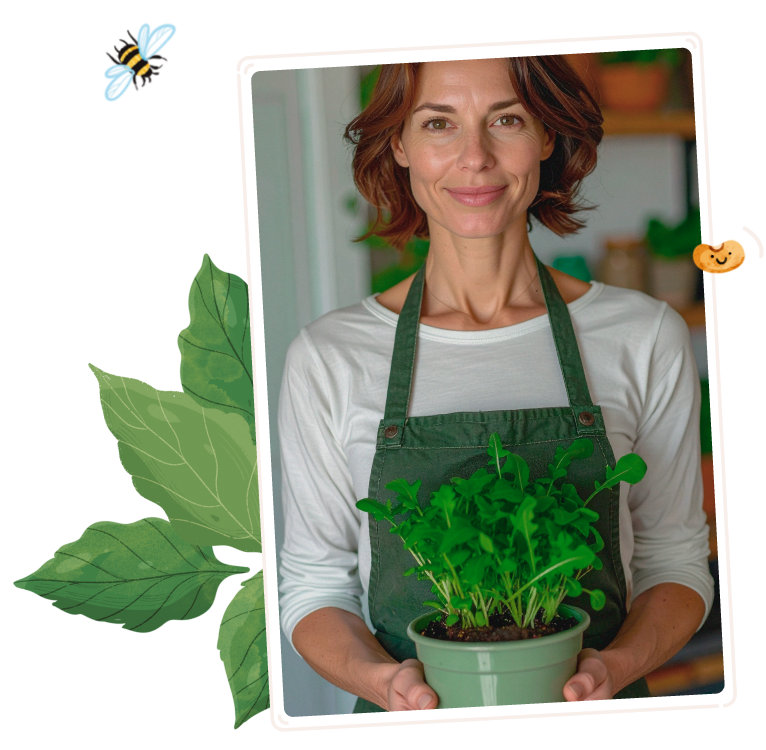
-
1
Find the Spot
Use well-draining, slightly acidic soil. Arugula appreciates added organic matter, so mix in compost before planting for a nutrient boost. Fertilizer isn't usually needed, but a mild, balanced fertilizer can be applied if the soil lacks nutrients.
-
2
Prep the Soil & Fertilizer
Use well-draining, slightly acidic soil. Arugula appreciates added organic matter, so mix in compost before planting for a nutrient boost. Fertilizer isn't usually needed, but a mild, balanced fertilizer can be applied if the soil lacks nutrients.
-
3
Plant the Seeds
Sow 3 arugula seeds 1/4 inch deep directly into pots or garden soil. Don't completely bury the seeds, as they require light to germinate.
Keep the soil evenly moist, and place in a sunny spot. Ideal soil temperature ranges from 50° to 70° F.
Thin seedlings 6 inches apart to allow space for healthy growth.
Good Neighbors:
-

Lettuce:
Lettuce provides shade for arugula and thrives in cool weather
-
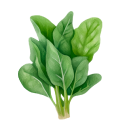
Spinach:
Similar growing needs
-

Chives:
Chives deter pests like aphids and cabbage whitefly
-

Carrots:
Carrots provide shade for arugula
Enemy Plants:
-
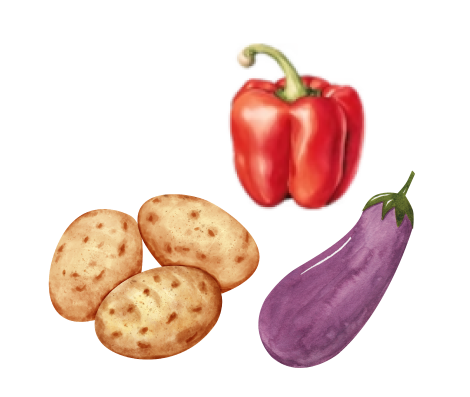
Eggplant, Pepper & Potato:
Prefer more acidic soil
Attractants:
-

Aphids, Flea Beetles & Cabbage Loopers:
Feed on arugula's leaves
Repellents:
-

Rabbits
Dislike the peppery flavor
-

Deer
Dislike the peppery flavor
Best Time to Plant
USDA Hardiness Zones

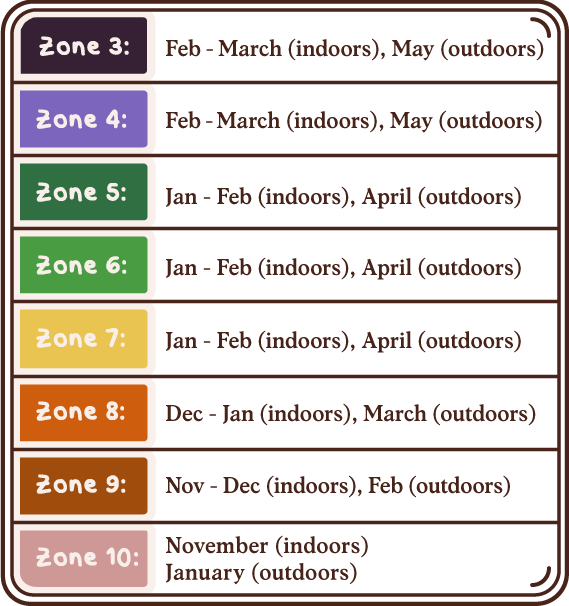
Day to Day Maintenance

-
Watering
Keep the soil consistently moist, but not soggy. Arugula has shallow roots, so frequent, light watering is best. Avoid soaking the leaves to prevent mildew and other fungal issues
-
Pruning
Use sharp scissors or pruners to cut leaves at the base, ensuring you leave inner leaves intact for continued growth.
The Harvest

-
Gathering
Begin harvesting arugula leaves when they are about 2-3 inches long. Focus on the outer leaves first. This encourages new growth from the center of the plant, allowing multiple harvests over time.
-
As arugula matures, larger leaves may become bitter. Aim to harvest before they exceed 10 inches in height for the best flavor.
Favorite Uses
-
Pesto
-
Pasta
-
Salad
-
Wraps
-
Pizza

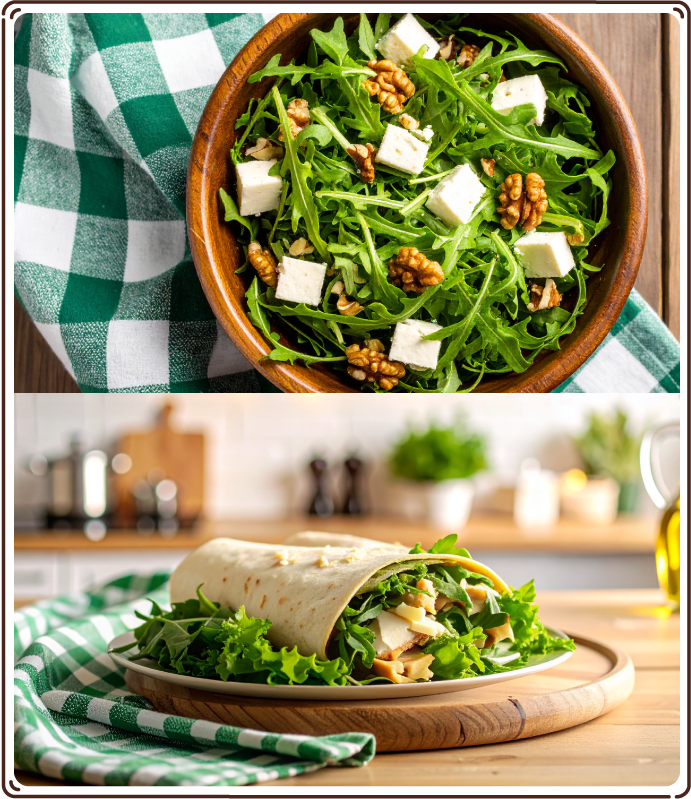
How to Store
-

Refrigeration
Duration: 5- 7 days
Location: Store in the refrigerator
Method: Wash and thoroughly dry the arugula. Wrap the leaves in a dry paper towel to absorb excess moisture, preventing wilting. Place the wrapped arugula in a perforated plastic bag or an open container to allow airflow, which helps maintain crispness.
-

Freezing
Duration: Up to 3 months
Location: Store in the freezer
Method: Briefly blanch the arugula in boiling water, then shock it in ice water to stop the cooking process. Pat the leaves dry, spread them on a baking sheet in a single layer, and freeze until solid. Transfer the frozen arugula to a freezer-safe bag or container for longer storage.
-
Drying
Duration: Up to 6 months
Location: Store in an airtight container, in a cool, dry location
Method: Use a food dehydrator set to a low temperature or air-dry by placing arugula leaves on a rack. Ensure the leaves are spread out and not overlapping to promote even drying. Once fully dry, store in an airtight container.
Fun Facts

-
Rocket to the Romans
Known as "rocket" in Europe, arugula was prized by ancient Romans for its aphrodisiac qualities and often featured in love potions.
-
Perfect Pairings
A culinary favorite, Arugula’s peppery taste pairs well with fruits like pears and apples, cheeses such as goat cheese or parmesan, and walnuts, enhancing both flavor and texture in dishes.
-
Fast Grower
Arugula matures in just 30 days, making it a favorite for gardeners craving quick, fresh greens.
-
Cancer-Fighting Compounds
Rich in glucosinolates, arugula produces cancer-fighting isothiocyanates when chewed, linking it to health benefits shared by its Brassica family cousins like broccoli, cauliflower and kale.
Subscribe to our Newsletter: "The Small Garden Chronicles"
Where curious growers gather for garden inspiration.
